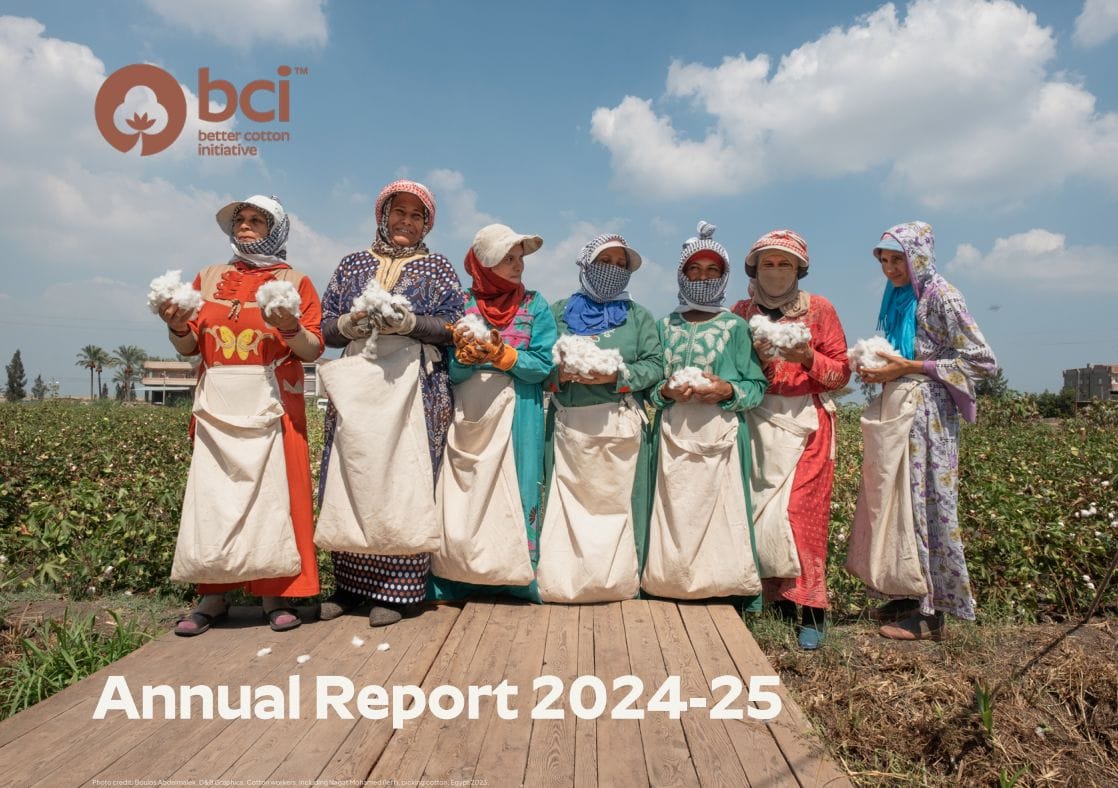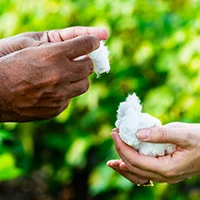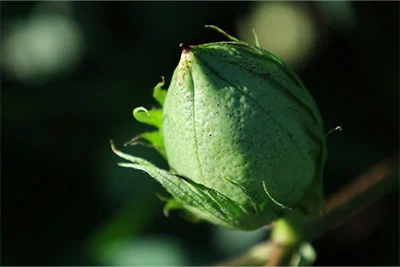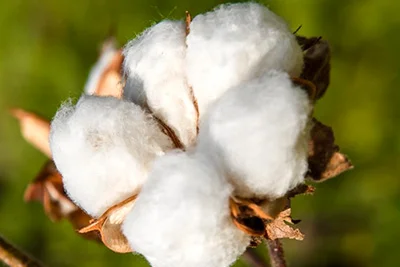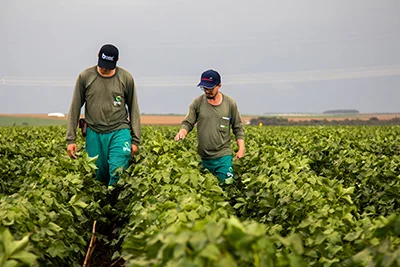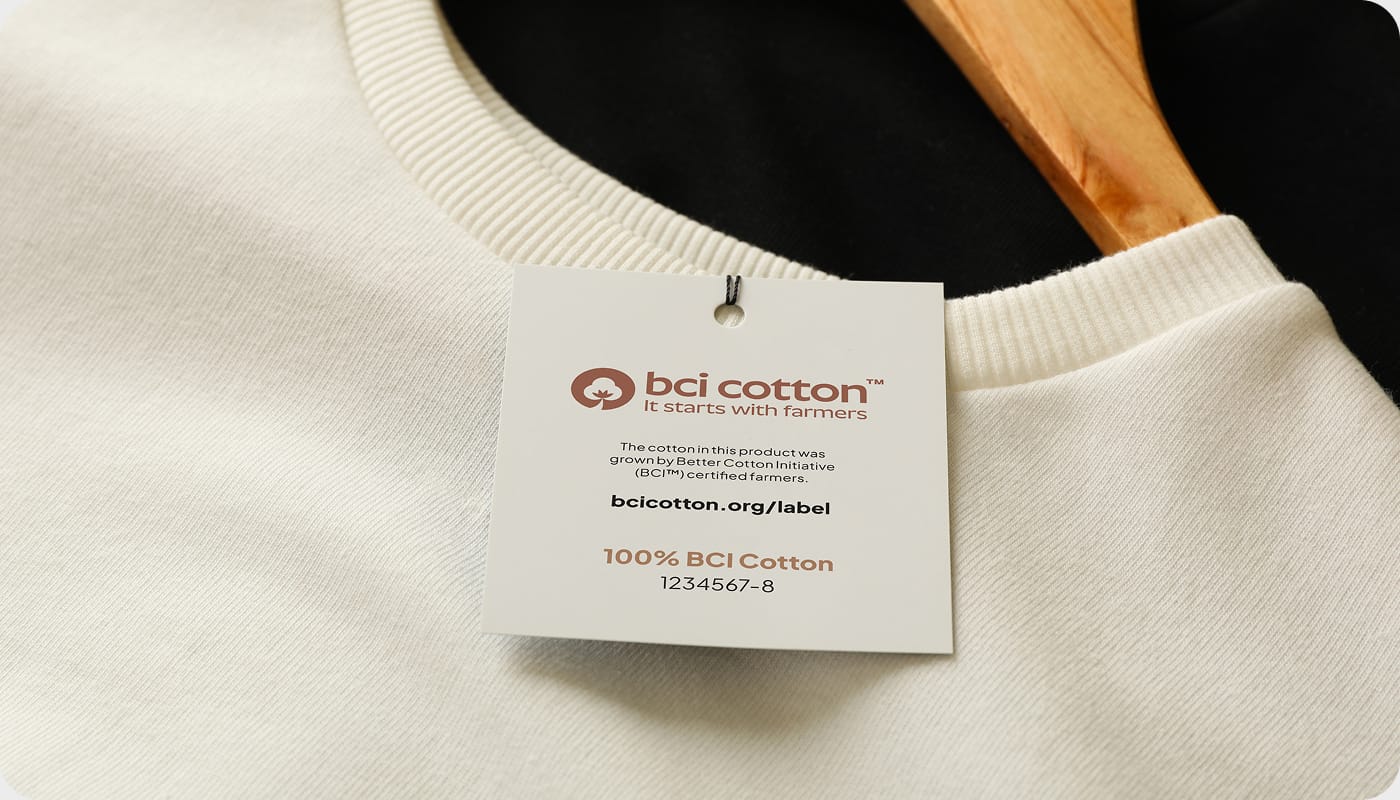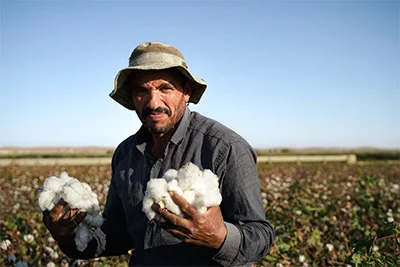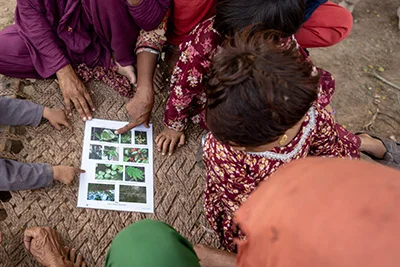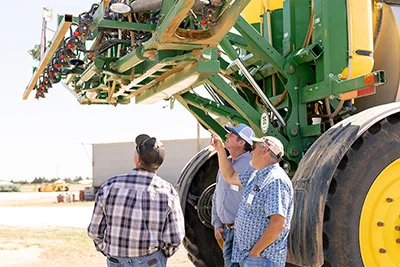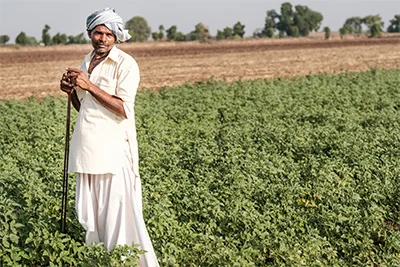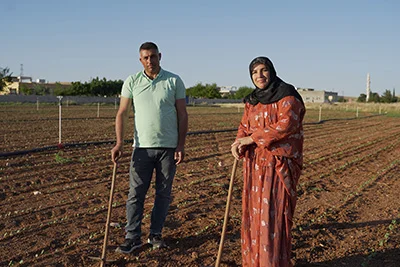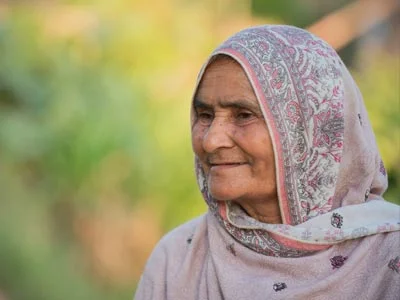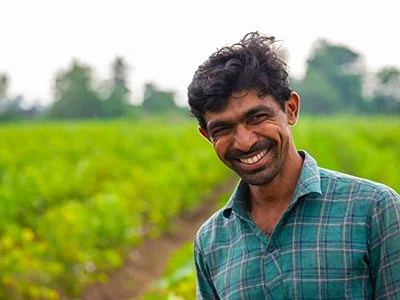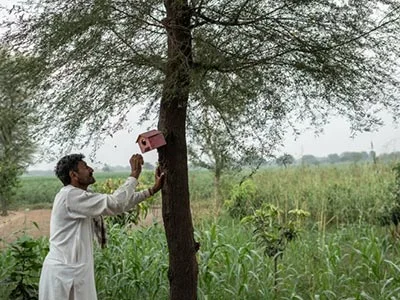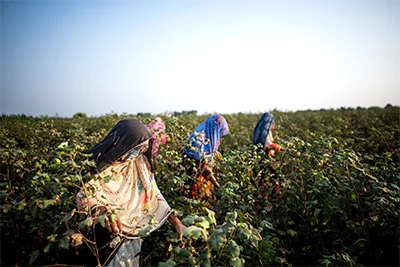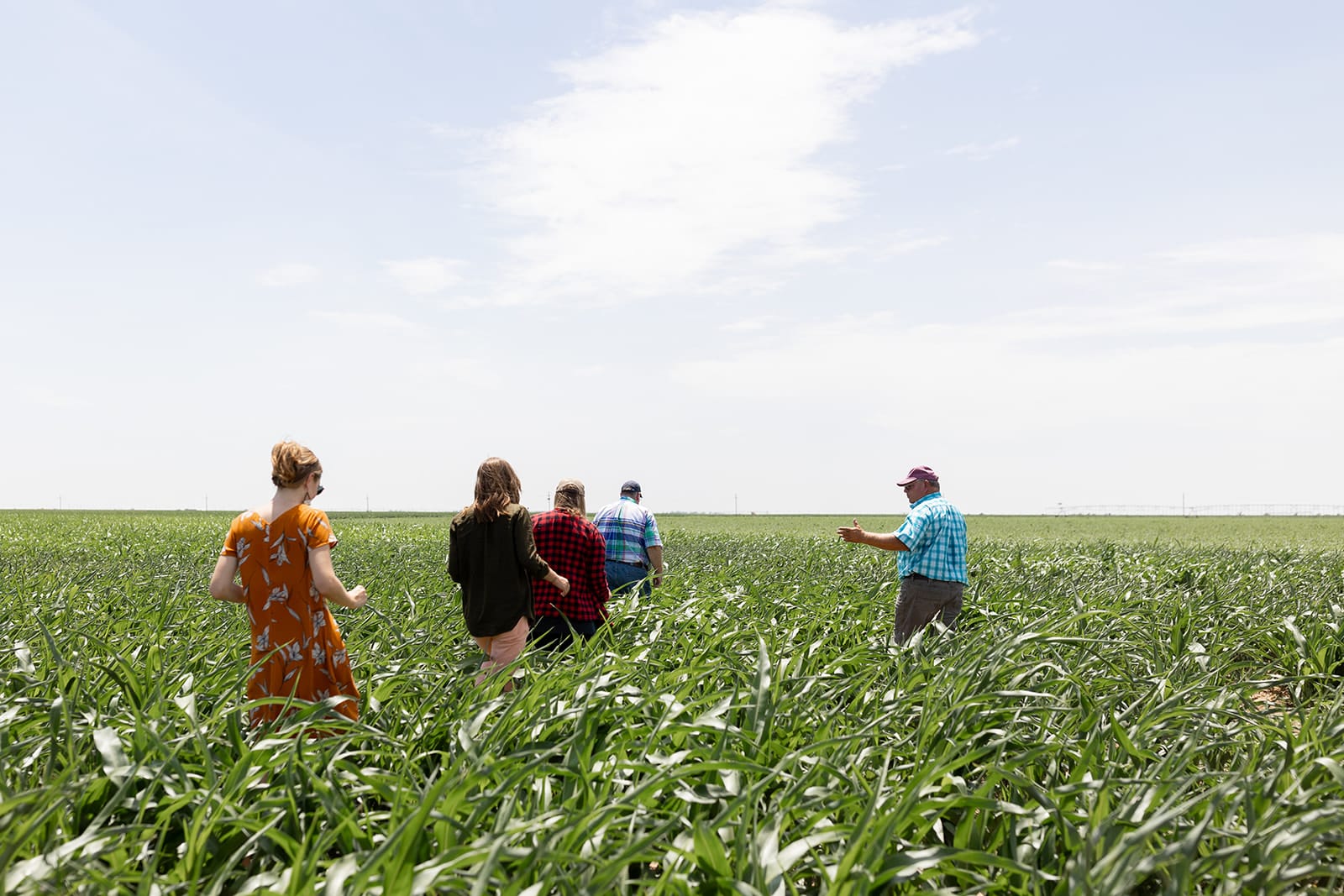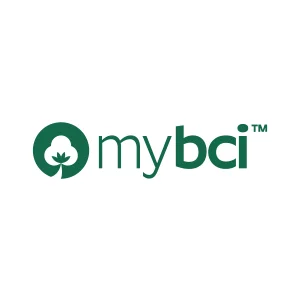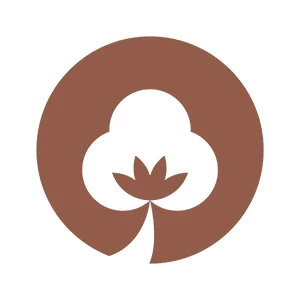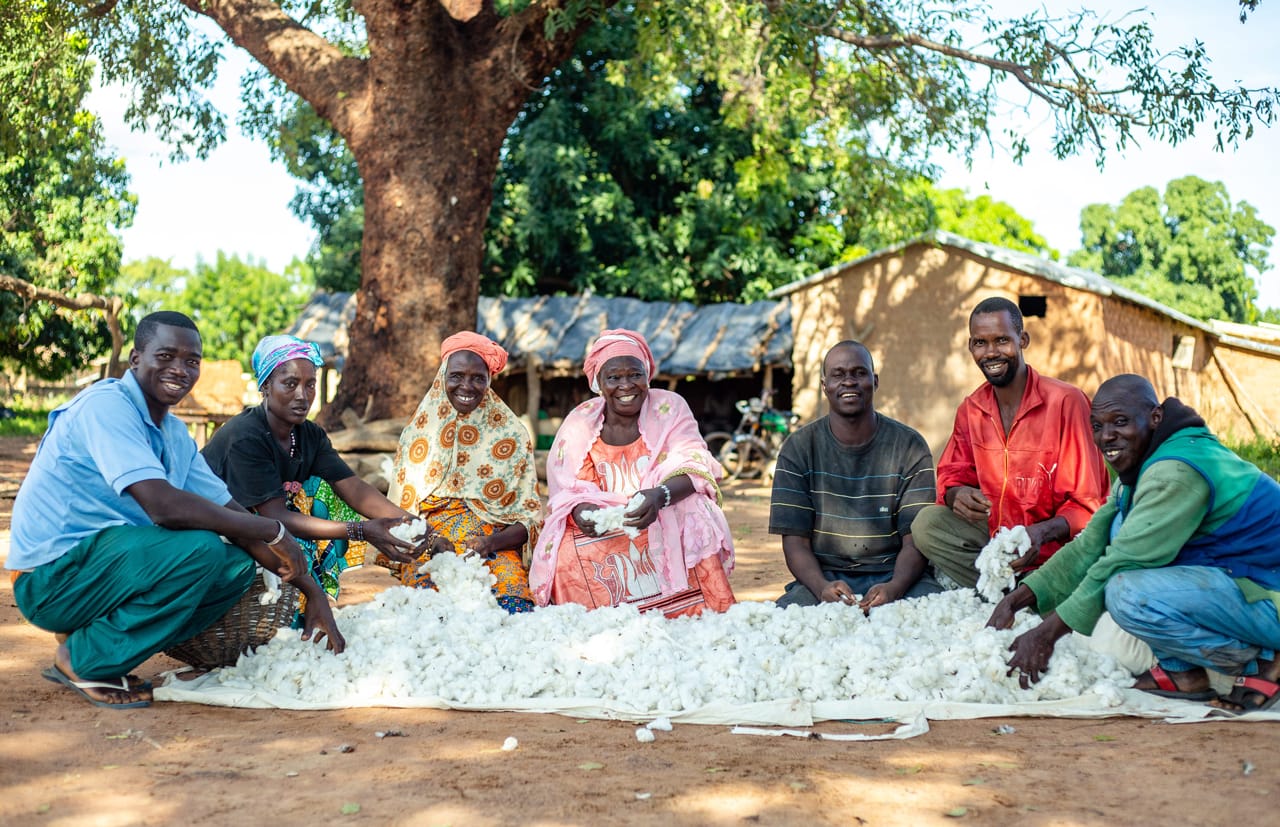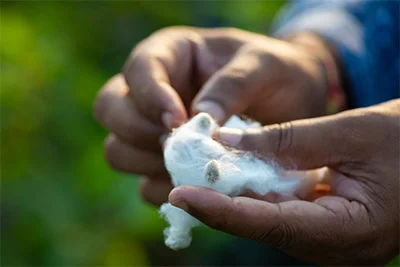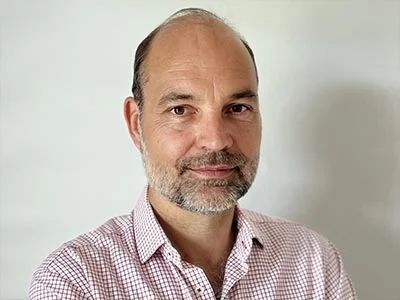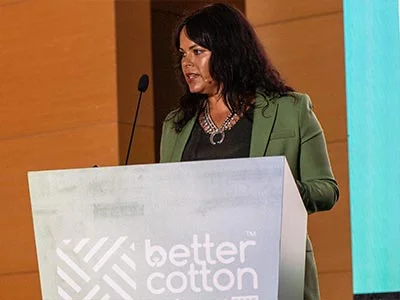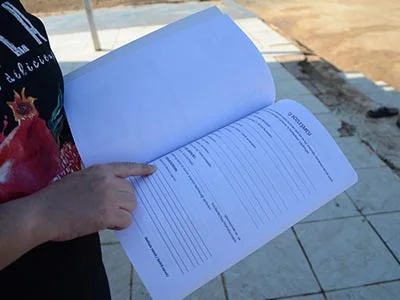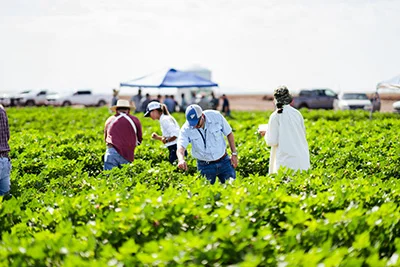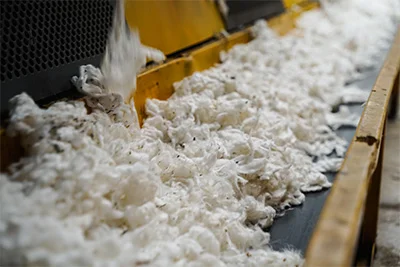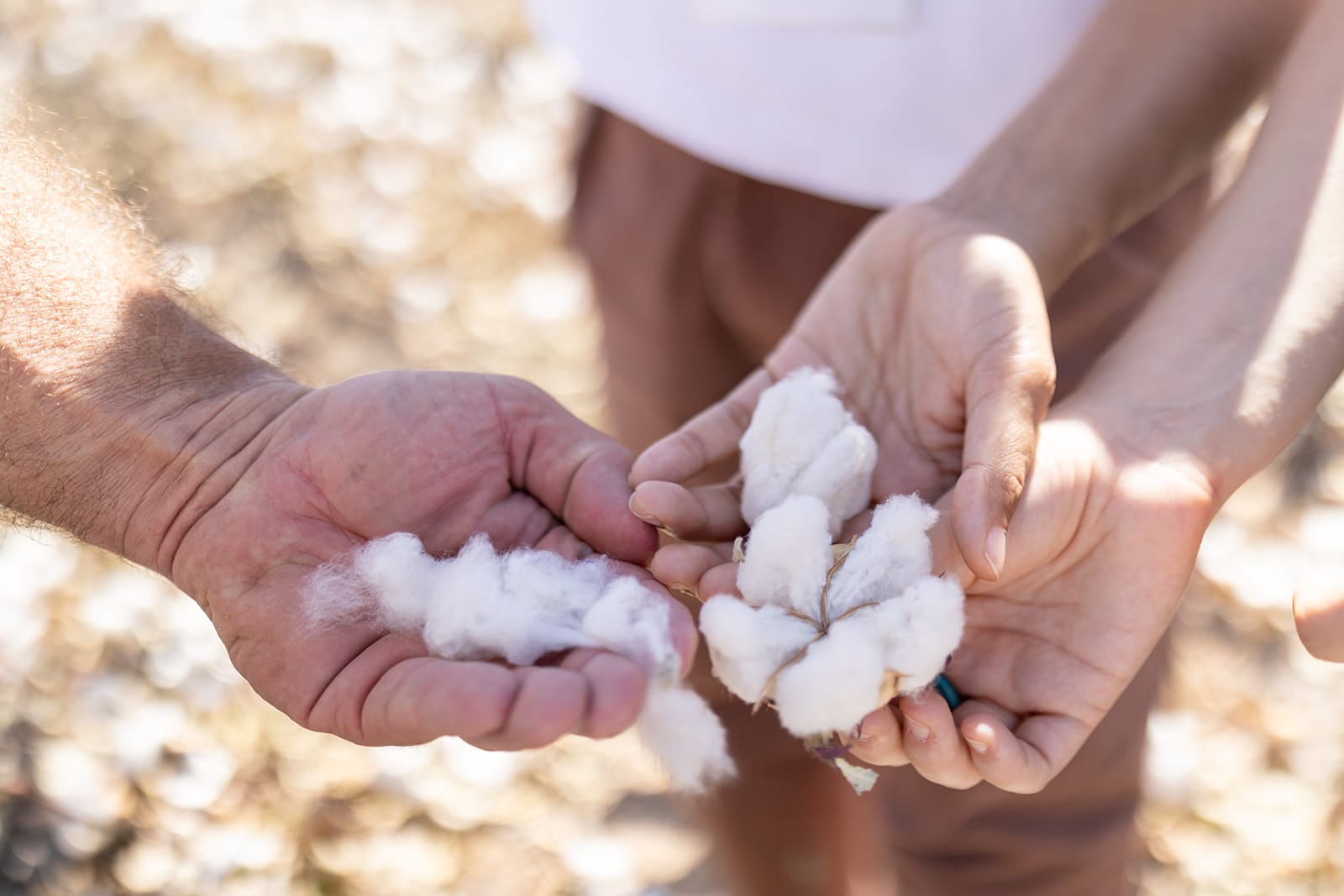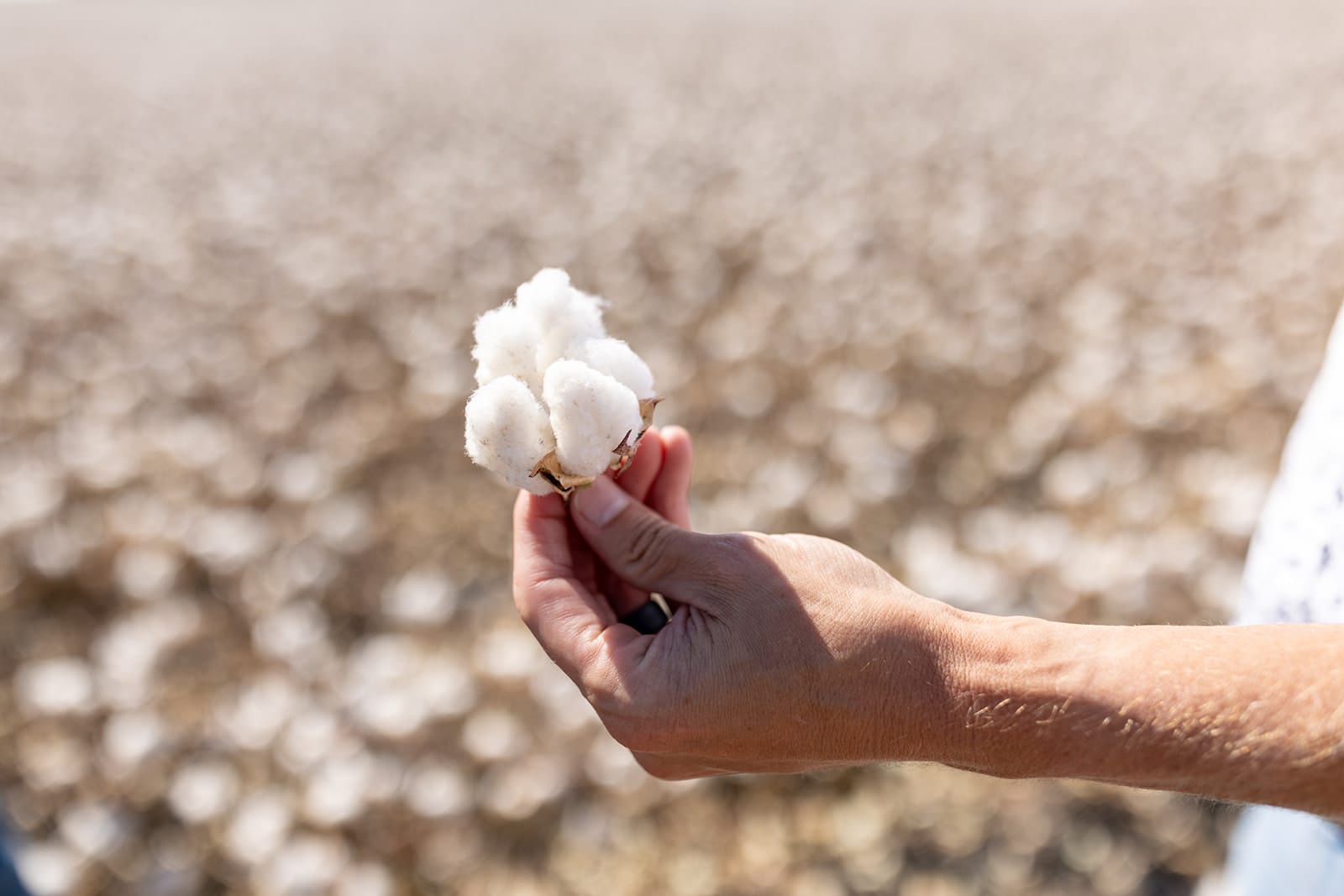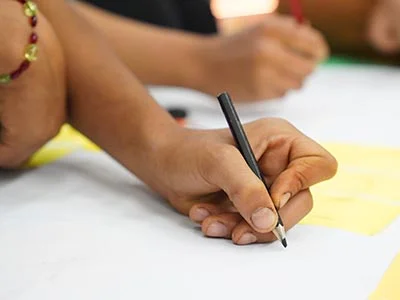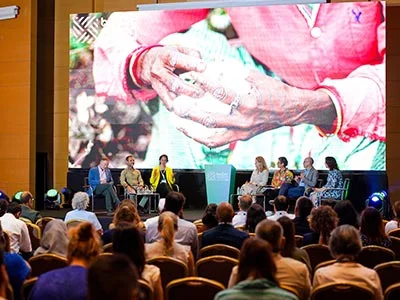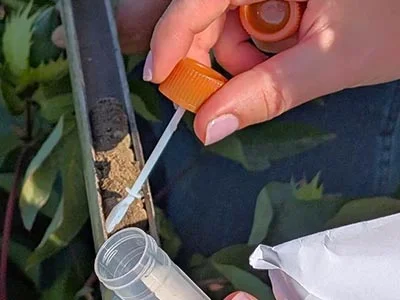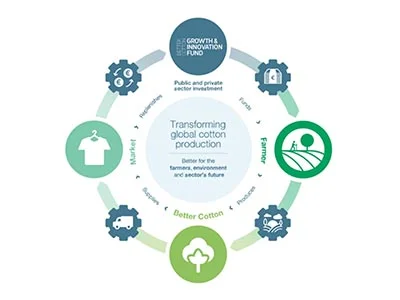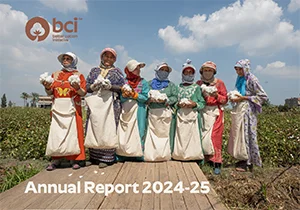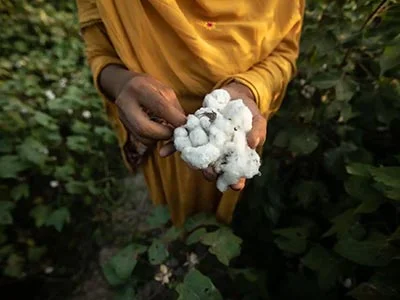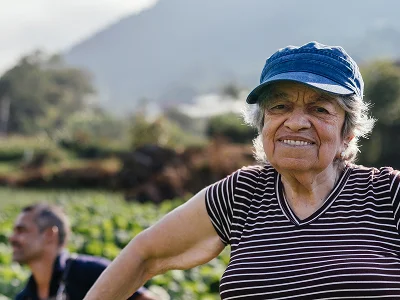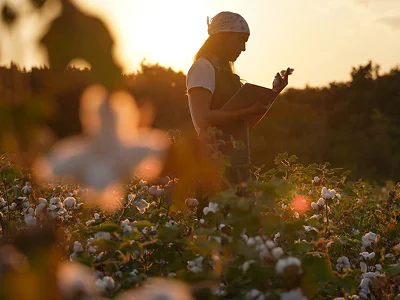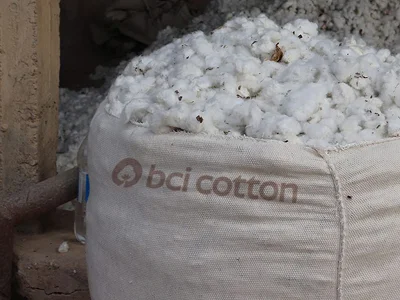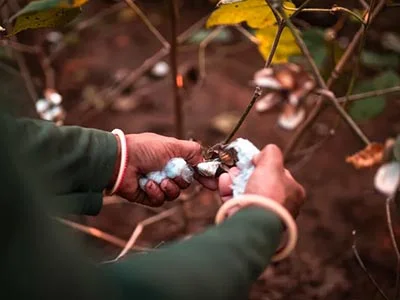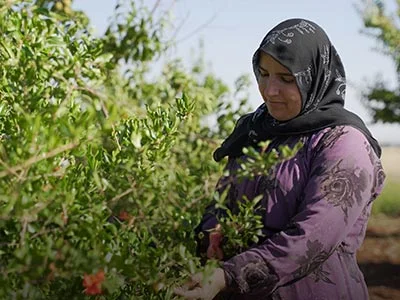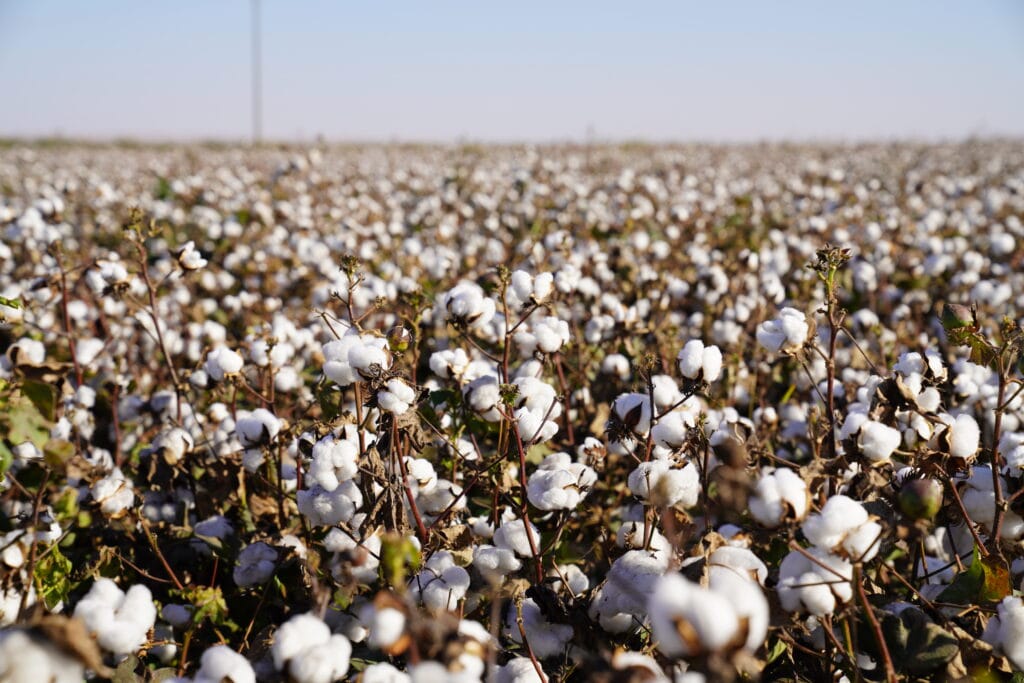
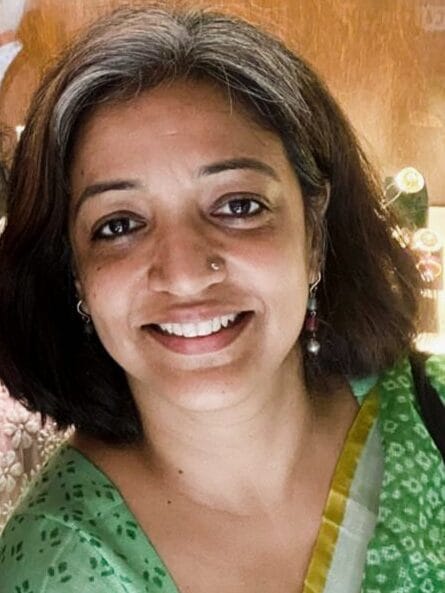

On Saturday 8 March, we celebrate International Women’s Day, the annual focal point of the women’s empowerment movement.
At Better Cotton, women’s empowerment is a central tenet of our efforts to support cotton farming communities around the world. After all, gender equality is not just a social imperative – it is a strategic approach that enhances productivity, sustainability, and long-term resilience.
Spearheading Better Cotton’s work on this important topic is our Senior Manager for Gender Equality, Nini Mehrotra. With the support of a dedicated group of in-country colleagues and partners, she forges the path to create lasting impact for cotton farming communities across the 22 countries in which we operate.
Here, we speak with Nini to unpack what International Women’s Day means to her, and get a glimpse into her motivations, current projects, and aspirations for the future.
First of all, can you introduce yourself?
My name is Nini Mehrotra, I am based in India, and have just completed a year at Better Cotton. I’ve been a student and a practitioner of gender equality now for about two decades. For me, any intervention on gender equality has to include not only women, but girls, men and boys too, as well as households and communities. I believe that real equality between people of all genders can help foster collaboration and solve pressing issues, because it focuses on shared power, shared goals, accountability and putting your best self forward.
What motivates the work you do?
I think largely it is seeing what unfairness and lack of opportunity can do to women and girls, and how communities are not able to enjoy and rejoice in their strengths and the successes they can bring.
In many of the places I visit, I see what negative gender norms do to women and girls, how they are not able to meet life with their full potential. I don’t like to see that. As a civilised, healthy society, we can do much more. And then you see the equality of opportunity and you see what it can bring to girls and women – and that simply is so wonderful.
How does Better Cotton decide where it directs its efforts and resources to promote women’s empowerment?
Primarily, our decisions are influenced by our experiences and those of our partners on the ground, and our shared understanding of cotton communities and global best practices. Global best practice confirms that women’s improved position at their household and community level is related to food security, health and health seeking behaviours, and improved workloads. Partners we work with co-create solutions on the ground with women and other ecosystem players. They know the issues very closely which helps us to contextualise global solutions in varied and unique contexts.
Which project(s) are you currently working on, and what information can you share?
We are currently working on a survey-led process that will help us to assess our partners’ needs to deepen gender responsive and gender transformative work. We are also in the process of completing a qualitative study that will help us gather insights related to the recruitment and retention of women in field roles – as this aspect is inextricably linked to one of our targets around women’s empowerment. Insights from this study will also be disseminated with our partners to help them reach their targets in a way that suits their context.
In additional to that, we’re also working with our fundraising team, country teams and programme partners to identify areas where we can further accelerate efforts through our Women in Cotton Accelerator framework. We are in the process of consolidating position papers which we plan to develop into toolkits this year.
Finally, how do you feel about the pace of change on this topic across the cotton sector?
It’s important to keep discussions alive and to shift the needle from participation of women to greater agency. I see promising movement across the cotton sector. Our engagements with several international bodies are evidence of how several ecosystem players want to keep the momentum and how we as Better Cotton are contributing to influencing agendas on the matter. A lot of collaborative work is being undertaken between various functions within Better Cotton on the matter, which is brilliant!

